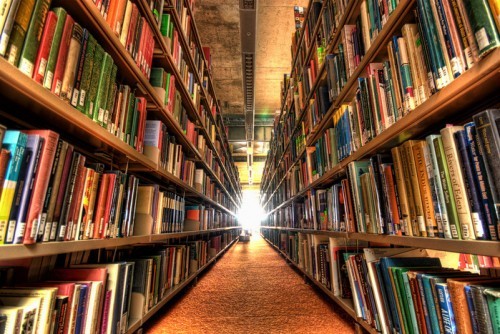ABOUT US

The District of Tiruvarur was carved out as a separate district by detaching Valangaiman Taluk from Thanjavur District and Thiruvarur, Nannilam, Kudavasal, Needamangalam, Mannargudi, Thirutturaippundi Taluks from Nagappatinam District on 01.01.1997. There are 2 Revenue Divisions, 8 Taluks, 573 Villages, 10 Blocks, 4 Municipalties and 7 Town Panchayats in Thiruvarur District.
Thanjavur attained prominence under the Chola rulers who were paramount in South India during the 9th to 12th centuries. They were excellent rulers and mighty builders. Many of these temples reflect the geniusness and architectural proficiency in sculpture, painting and wood-carving.
Thiruvarur was one of the five traditional capitals of the Chola Empire. Thiruvarur district is popularly known as “the Granary of South India”. The name originally attributed to the composite Thanjavur district. Lying in the delta region of the famous river Cauvery, this district is rich in paddy fields, tall coconut groves and other verdant vegetation. The river Cauvery popularly called as “Mother Cauvery” makes this land fertile with her tributariesThiruvarur is mentioned in the saiva canonical work, Tevaram by Thirugnana Sambanthar, Tirunavukkarasar and Sundarar, the foremost Saivite saints of 7th–8th century and classified as Padalpetrastalam. Tirunavukkarasar mentions several traditions of the temple like Marghazhi Aathirai Vizha, Panguni Uttirai Perunaal and VeedhivitakaninVeedhi Panni. The granite structure of the temple was first constructed by Aditya Chola I in the 9th century and revamped during the reign of Rajaraja Chola I. The temple was upgraded and rebuilt with stone by Rajendra Chola I. The temple has inscriptions from both the emperors, later Cholas and Pandyas.
Inscriptions from the temple indicate Thiruvarur as the capital of Kulothunga Chola I, during which the district emerged a centre of saivism. After the fall of Cholas during the reign of Rajendra Chola II in the 13th century, the district was caught under a power struggle between Pandyas and Hoysalas. The royal patronage continued and the district flourished as a cultural centre during the rule of the Nayaks, Vijayanagar kings and Marathas. During the period of Marathas, the district became a temporary home to the Nataraja of Chidambaram temple. The district was briefly captured by French troops lead by Lally in 1759. The Thyagarajar temple was ransacked in a failed attempt to discover hidden treasure. During the attempt, six Brahmins of the temple, suspected to be spies of the British, were killed in an encounter. After independence, Thiruvaur continued to be a part of the Thanjavur district and Nagapattinam district till 1991 and 1997 respectively.